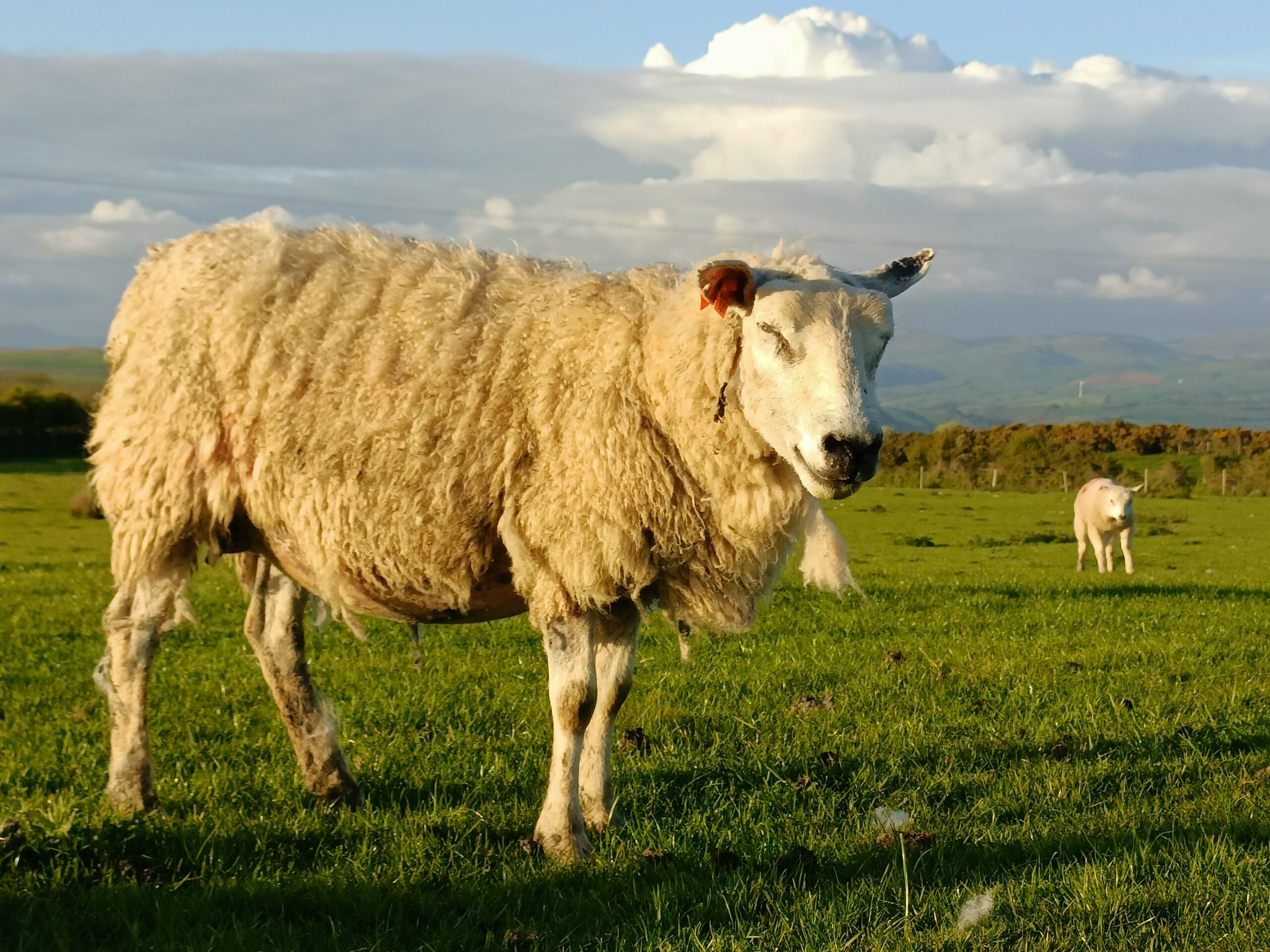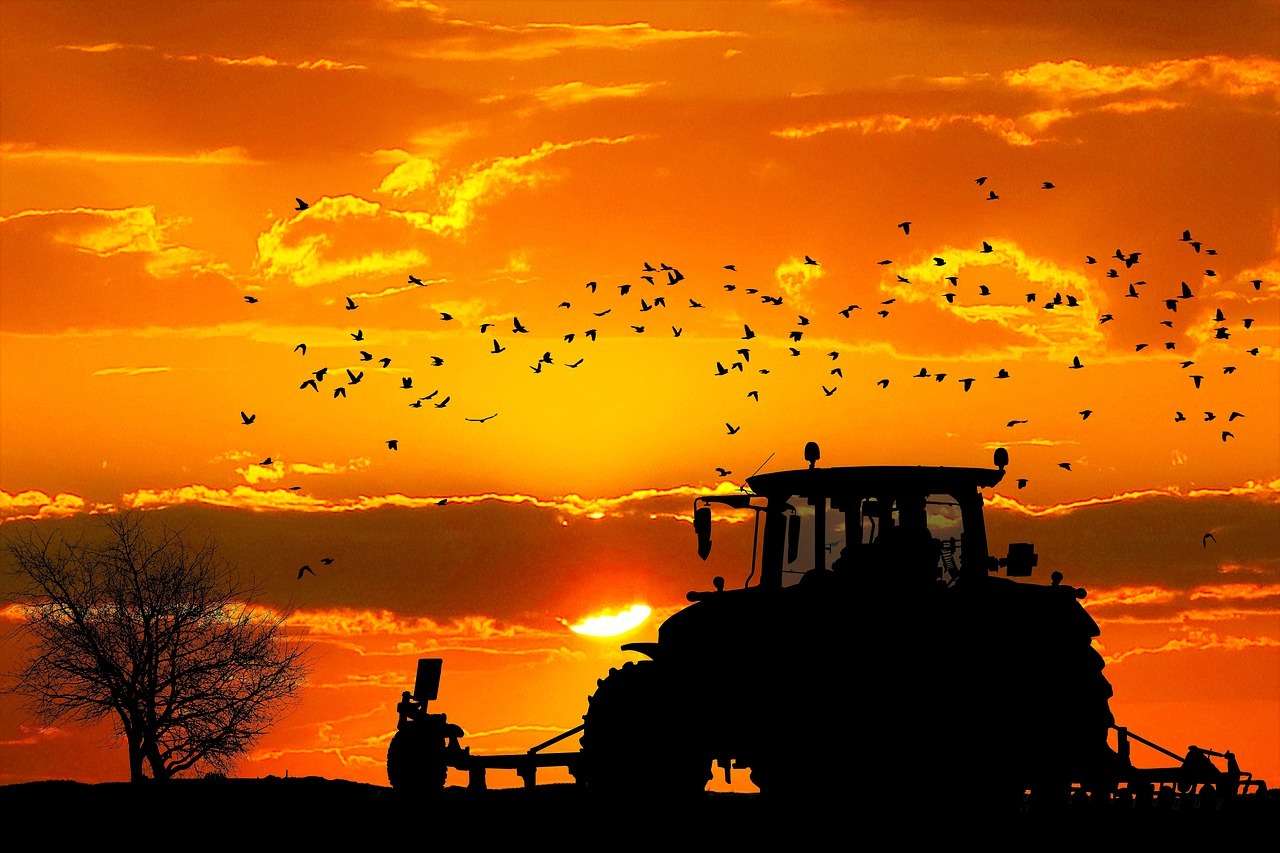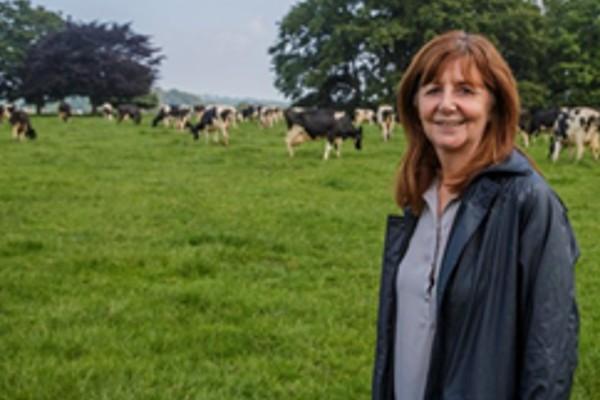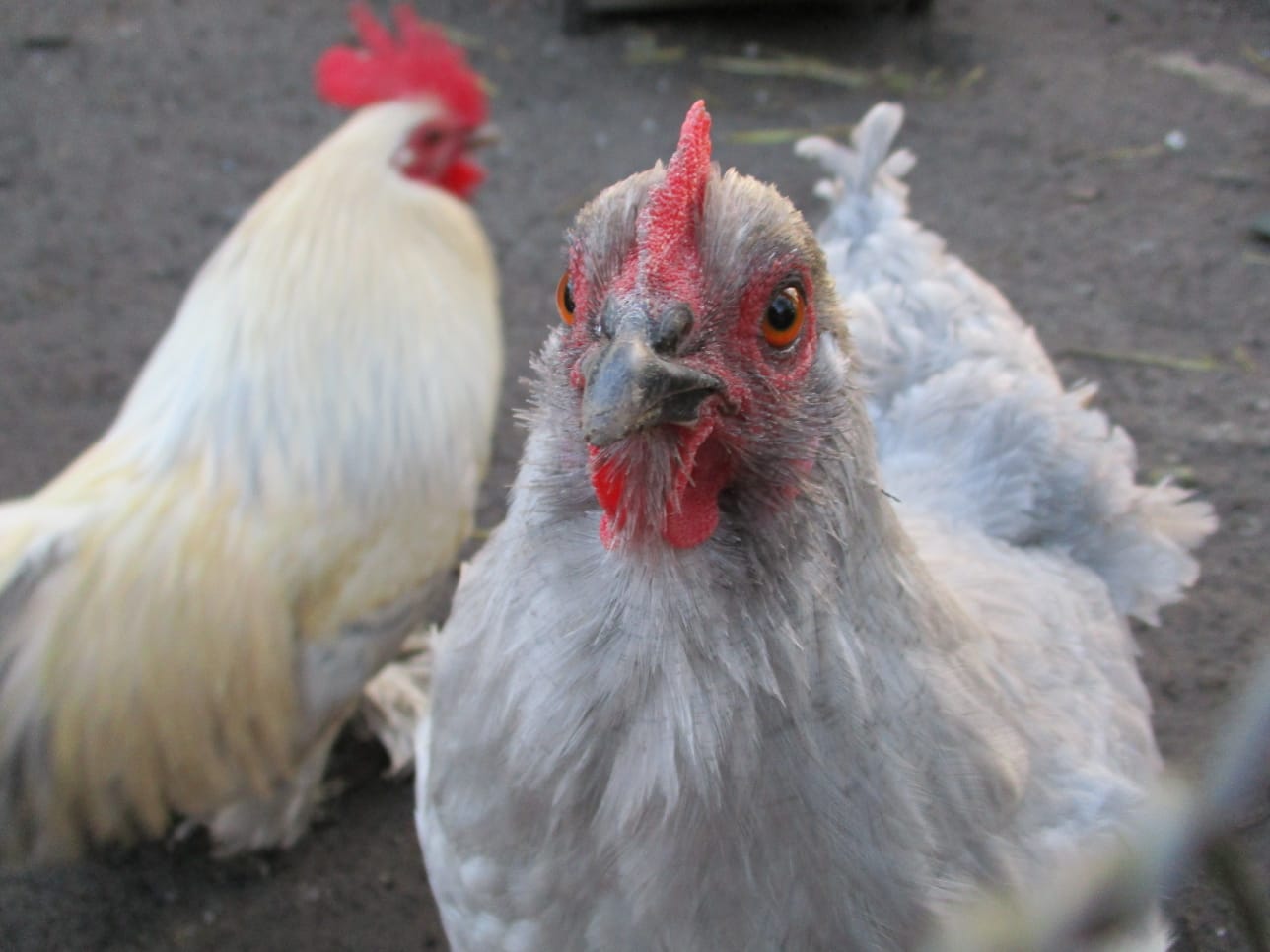PLANNING the feeding and management of pregnant ewes is critical in the last six weeks of pregnancy, with farmers warned that getting it wrong risks foetal growth and development, even the future fertility of unborn lambs.
Vet Phillipa Page, who’s continuing to advise farmers in a series of Farming Connect ewe nutrition workshops across Wales, says the ewe’s requirement for energy and protein increases rapidly in the late stages of pregnancy as around 70% of foetal growth occurs during this period.
Feed energy levels drive lamb birth weights, and protein underpins colostrum quality and quantity, the feed which “sets the lamb up for life”.
Ms Page, of Flock Health Ltd, cautioned that transitioning the ewe from grazed grass to a housed ration needs to be done slowly and carefully otherwise she will be unable to digest that feed, resulting in digestive upset, causing metabolic diseases, poor quality colostrum and reduced milk yield.
“We can bring these on by mistake because sheep don’t like changes in their diet, it upsets the army of microbes in their rumen.”
As a result, she will lose body condition and this can have a detrimental effect on the unborn lamb affecting the maternal bond and mothering ability and production of the sufficient quantities of good quality colostrum needed to prevent neonatal diseases, such as watery mouth.
There will be an impact on colostrum quality and quantity too. “If the ewe is not in the right condition, she will struggle to produce it,” Ms Page pointed out.
At tupping, target a body condition score (BCS) of 2.5 in hill breeds and 3.5 in lowland ewes, to ensure they are carrying sufficient condition at lambing.
Ms Page recommends getting forage analysed for quality, more important than ever given the high cost of supplementary feed.
“We need to be smarter about what we are feeding, if it is good forage the ewe won’t need as much supplementary feed.”
The figure of greatest significance to sheep farmers is digestibility – the D value. Ideally it should be 65 or higher, which is more likely in silage cut earlier in the season when it is high in energy and is not too stemmy.
Aim for a metabolisable energy (ME) of 11 MJ/kg DM, said Ms Page.
Crude protein percentage should be around 13% – a Farming Connect colostrum project in 2021 showed that any lower and the ewe will struggle to produce an adequate quality colostrum.
Target a dry matter (DM) higher than 20%, but if it is too high, the forage can become mouldy because fermentation is poor.
Ash content is an indicator of soil contamination – if it is higher than 10% listeria can be a risk.
The pH level is an important figure too – 4 to 5 should be the target as any lower can affect palatability but higher can be a listeria risk.
The quality of the silage will dictate how much supplementary feed is needed.
That supplementary feed must be at least 12.5MJ/kgDM. “It has got to have a higher energy value than the forage or there is no point in feeding it,” said Ms Page.
The list of ingredients on a feed always appears in descending order, with the ingredient with the highest inclusion rate at the top. Look for good quality cereals such as whole grains, barley, maize, wheat and good quality protein, such as rapeseed meal and beans.
Ms Page said there is a place in some systems for feed buckets and blocks but these should never be used to replace feed, except sometimes to supplement single-bearing ewes; individual intakes of the blocks can vary widely.
As an ewe approaches lambing, she will physically mobilise body condition to supply herself with protein and energy.
“It doesn’t all need to come from the diet, if she is in the right body condition she can draw on her reserves but if she is not she will risk becoming much lower in body condition and struggle to produce enough colostrum and milk and will be at risk of mastitis,” said Ms Page.
This loss in body condition can also impact on future fertility.
It is not only what is in a pregnant ewe’s feed that is important but how it is presented.
If it is being fed in troughs, sufficient space is needed – Ms Page recommends 45-50cm for 70kg ewes fed twice a day or 15 cm per ewe for ad lib forage or Total Mixed Ration (TMR) feeding.
If using ring feeders ensure that ewes have access to the entire diameter of the feeder or consider providing an additional feeder if needed.
“For a successful lambing, you want to make feed as easy as possible for the pregnant ewe to access to boost intakes,” said Ms Page.
If you are interested in attending an event on this topic we have the following dates and locations available. Please contact the Farming Connect Service Centre to book your place on 03456 000 813.
Animal Health – Importance of Nutrition in Sheep (19:30-21:30)
16 November 2023 – Elephant and Castle Hotel, Newtown, SY16 2BQ
21 November 2023 – Glen-Yr-Afon House Hotel, Usk, NP15 1SY
06 December 2023 – Dolgellau Rugby Club, Dolgellau, LL40 1UU
12 December 2023 – Crymych Rugby Club, Pros Kairon, Crymych, SA41 3QE
Feeding the flock for optimal performance (19:00-22:00)
21 November 2023 – Canolfan Creuddyn, Lampeter, Ceredigion, SA48 7BN
30 November 2023 – Monmouthshire Livestock Market, Bryngwyn, Raglan, NP15 2BH
Pre-lambing nutrition with Kate Phillips, sheep housing on slats and antibiotic usage at Marchynys, Anglesey (13:00-15:00)
13 December 2023 – Fferm Marchynys, Penmynydd, Anglesey, LL61 6PG
Please donate here: Support Carmarthenshire News Online Thank you for supporting independent journalism and contributing to the future of local news in Carmarthenshire. Carmarthenshire News Online has been dedicated to providing unbiased and trustworthy news, free from commercial or political influence. By donating as little as £1, you can help ensure the continuation of this important source of information for the community. Your contribution will have a significant impact on the sustainability of independent journalism. If you're looking to enhance your brand's visibility, we also offer advertising opportunities on our Livestream and podcasts. Our special offers provide excellent value for reaching our engaged audience. To learn more about these opportunities and to discuss your advertising needs, please feel free to call or text us at 07308598604. Thank you again for your support, and together we can ensure the availability of quality local news for Carmarthenshire and beyond.
Please donate here: Support Carmarthenshire News Online







